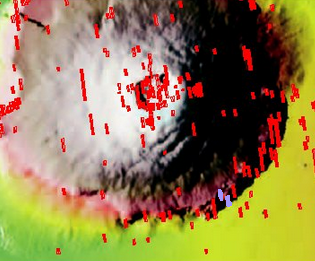Obama administration ordered a “stand down” of work to stop Russian election interference
The real Russian collusion: When it was evident that the Russians were trying to use the internet to interfere with the election in August 2016, the Obama administration instead ordered a “stand down” of any work that might have stopped that interference.
Former President Barack Obama’s cybersecurity czar confirmed Wednesday that former national security adviser Susan Rice told him to “stand down” in response to Russian cyber attacks during the 2016 presidential campaign.
Michael Daniel, whose official title was “cybersecurity coordinator,” confirmed the stand-down order during a Senate Select Committee on Intelligence hearing held to review the Obama and President Donald Trump’s administrations’ policy response to Russian election interference.
…“Don’t get ahead of us,” [Rice] told Daniel in a meeting in August 2016, according to the book.
Daniel informed his staff of the order, much to their frustration. “I was incredulous and in disbelief,” Daniel Prieto, who worked under Daniel, is quoted saying in “Russian Roulette.”
“Why the hell are we standing down? Michael, can you help us understand?” Prieto asked.
It appears that the Obama administration wanted the Russians to interfere with the election, and this desire was part of their effort at the FBI to frame the Russian collusion story on Trump. They needed the interference to justify the FBI Russian investigation, which had just been instigated in late July 2016. Stopping the Russians (and defending the American electoral process) was therefore not in their interest.
The real Russian collusion: When it was evident that the Russians were trying to use the internet to interfere with the election in August 2016, the Obama administration instead ordered a “stand down” of any work that might have stopped that interference.
Former President Barack Obama’s cybersecurity czar confirmed Wednesday that former national security adviser Susan Rice told him to “stand down” in response to Russian cyber attacks during the 2016 presidential campaign.
Michael Daniel, whose official title was “cybersecurity coordinator,” confirmed the stand-down order during a Senate Select Committee on Intelligence hearing held to review the Obama and President Donald Trump’s administrations’ policy response to Russian election interference.
…“Don’t get ahead of us,” [Rice] told Daniel in a meeting in August 2016, according to the book.
Daniel informed his staff of the order, much to their frustration. “I was incredulous and in disbelief,” Daniel Prieto, who worked under Daniel, is quoted saying in “Russian Roulette.”
“Why the hell are we standing down? Michael, can you help us understand?” Prieto asked.
It appears that the Obama administration wanted the Russians to interfere with the election, and this desire was part of their effort at the FBI to frame the Russian collusion story on Trump. They needed the interference to justify the FBI Russian investigation, which had just been instigated in late July 2016. Stopping the Russians (and defending the American electoral process) was therefore not in their interest.

 l
l

